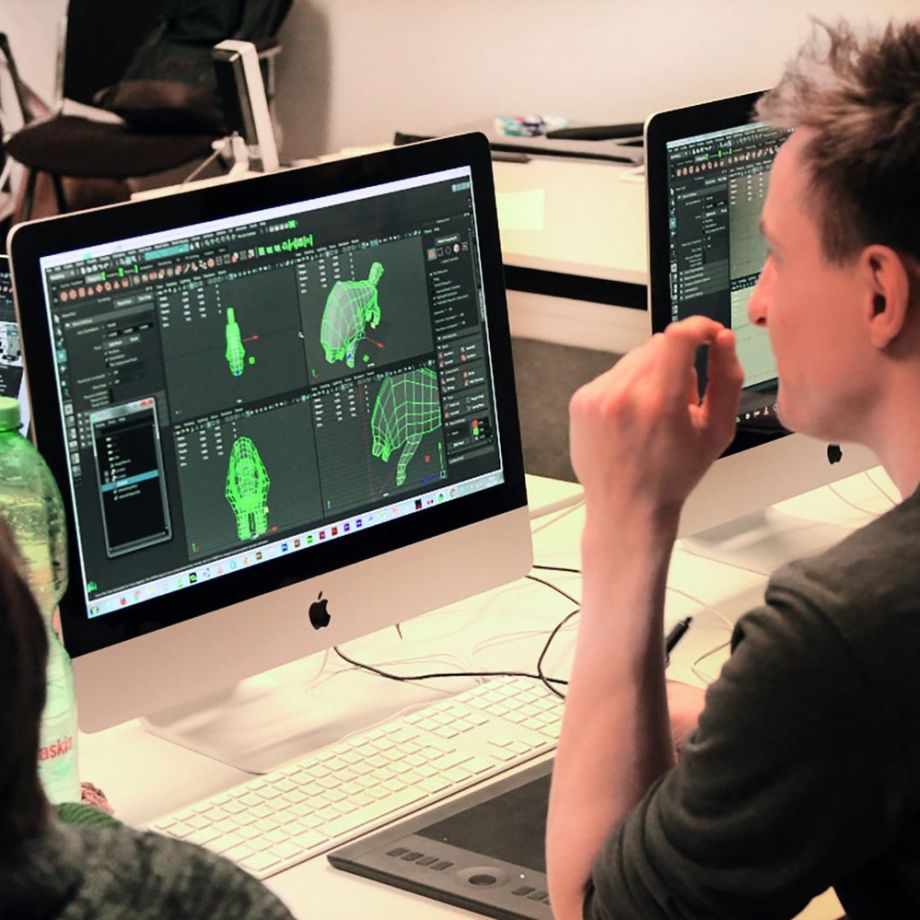
By the end of 2025, global spending on digital transformation is expected to reach $2.8 trillion – more than double the figure from just a few years ago. Companies aren’t just adapting to new technologies; they’re racing to stay ahead. And if you’re looking to break into product management, keeping up with digital transformation trends isn’t optional – it’s the difference between leading the market and being left behind.
So, what’s changing in the product management world, why does it matter and how do you stay ahead of the curve? Let’s dive in.

What Exactly is Digital Transformation?
For product managers, this shift is huge. Digital-first strategies mean rapid iteration, data-driven decisions and an expectation to predict customer needs before they even arise. If you’re not tuned into the latest digital transformation trends, you’re playing catch-up.

The Role of Product Management in a Digital World
Think of a product manager as the bridge between tech and business strategy. You’re the one guiding developers, designers and marketers to craft something users actually need, not just what looks good on paper. Whether you’re working on AI-powered platforms or IoT-driven services, your role is to anticipate the future, not just react to it.
Why Staying Ahead of Digital Trends is Non-Negotiable
Would you trust a doctor who hadn’t read a medical journal in years? Probably not. The same logic applies to tech product management – fall behind, and you risk making outdated decisions that could sink your product.
Digital transformation trends don’t just affect what you build; they shape how you build it. From AI-driven user insights to low-code development tools, new advancements can supercharge your product management lifecycle – but only if you’re paying attention.
How Digital Transformation is Reshaping Product Management
A decade ago, product managers relied on intuition and customer surveys. Today? Real-time data, AI algorithms and predictive analytics have taken centre stage. Here’s what that means for you:
- Faster Iteration Cycles: Continuous integration and deployment (CI/CD) mean updates roll out in days, not months.
- Hyper-Personalisation: AI helps tailor products to individual users, boosting engagement and retention.
- Automation & Efficiency: Repetitive tasks are being automated, freeing up time for strategic decision-making.
In short, digital transformation is turning product management into a data-driven powerhouse. If you’re not leveraging these tools, you’re at a disadvantage.
Best Ways to Stay Updated on Digital Transformation Trends
So, how do you keep up with the breakneck pace of digital transformation? Here’s where to start:
- Follow Industry Leaders & Influencers: Top voices on LinkedIn, X (formerly Twitter) and Medium regularly break down the latest trends in digital product management. Some must-follows include Marty Cagan (Silicon Valley Product Group) and Melissa Perri (The Build Trap).
- Subscribe to Digital Transformation & Product Management Blogs: Websites like Product School, The Product Manager and Skyjed offer deep dives into digital transformation strategy, emerging technologies and case studies from top companies.
- Join Online Communities & Forums: Platforms like Mind the Product, ProductHunt and r/ProductManagement on Reddit are goldmines for discussions, advice and trend spotting.
- Leverage AI-Powered Tools for Trend Monitoring: Google Alerts, Feedly and AI-driven research tools like Quid or Gartner Insights help cut through the noise and surface only the most relevant updates.
- Take Online Courses & Certifications: Upskilling is key. Short online courses, or full degrees like UE’s BA in Digital Product Management, provide structured learning that keeps you at the forefront of the industry.
- Follow Tech News & Research Reports: Stay plugged into reports from McKinsey, Forrester and Deloitte to understand the bigger picture of digital transformation industry trends.
The 3 Biggest Digital Transformation Trends You Need to Watch
What’s shaping the future of product management right now?
- AI & Machine Learning in Product Development: AI-driven analytics and automation are revolutionising how teams make decisions, optimise UX and personalise customer experiences.
- The Rise of No-Code & Low-Code Platforms: Democratising software development, these tools let product teams build and test faster than ever before.
- Data-Driven Decision Making: Forget gut feelings – predictive analytics and big data now shape everything from feature prioritisation to user retention strategies.
Overcoming the Challenges of Keeping Up with Digital Transformation
Staying updated isn’t always easy- time’s tight, info’s endless and tech won’t slow down. Between new frameworks, AI breakthroughs and shifting consumer behaviours, it’s easy to feel overwhelmed.
The key? Prioritisation and curation. Rather than trying to track everything, focus on core areas relevant to your role. Set up news alerts, schedule regular learning blocks and engage with a network of fellow product managers to share insights and best practices.
Want to Future-Proof Your Product Management Career?
Keeping up with digital transformation trends isn’t just about knowledge—it’s about staying competitive in a rapidly evolving industry. If you’re serious about levelling up, UE’s BA Digital Product Management programme is designed to help you master the skills that employers actually want.
FAQ's
